 Proactively taking water from the discharge of hydroelectric reservoirs on large rivers, ensuring irrigation water for production, local authorities and Irrigation LLCs have built coordination regulations, creating unity and smoothness in the process of operating the irrigation system, bringing irrigation water to the fields with high efficiency.
Proactively taking water from the discharge of hydroelectric reservoirs on large rivers, ensuring irrigation water for production, local authorities and Irrigation LLCs have built coordination regulations, creating unity and smoothness in the process of operating the irrigation system, bringing irrigation water to the fields with high efficiency.
Risk of water shortage
After the small irrigation works and inland irrigation works were handed over to the local authorities for management, the commune authorities have completed the apparatus of the irrigation teams, and their operations have basically stabilized. However, with limited funding, limited human resources, and a degraded and frequently damaged canal system, water supply for production has become increasingly difficult.

Lap Thach Irrigation Company Limited dredged Don Nhan Pumping Station (Lo River) to ensure stable operation and effective water supply.
In addition, the 2023-2024 Winter-Spring crop is forecast to have a water shortage due to climate change, with rainfall lower than the average of many years. If coordination between localities and Irrigation LLCs is not smooth, it will be difficult to ensure water sources for production and planting according to the seasonal schedule.
Mr. Dang Van Chau, Head of Water and Construction Management Department, Lap Thach Irrigation Company Limited, said: Although small irrigation works and intra-field irrigation works have been handed over to localities for management and operation since 2020, some localities have not yet taken drastic measures, leading to ineffective coordination, increasing costs and prolonging water collection time.
The sowing and planting season in Song Lo and Lap Thach districts is mainly before Tet, so the water source from the discharge of water from the hydroelectric reservoir plays an important role and significance in ensuring the water source for sowing and irrigation of rice plants in the later stages.
In addition, due to the impact of industrial and urban projects, the area of ponds and lakes in the delta areas such as Vinh Tuong, Yen Lac, Binh Xuyen, etc. has been significantly reduced, leading to a lack of places to store and accumulate water for agricultural production.
Water sources for production mainly rely on pumping stations along the Lo and Red rivers. Therefore, establishing a coordination mechanism between local authorities and irrigation companies will help save irrigation water, reduce labor costs, and ensure timely irrigation water supply.
Proactive and coordinated with coordination rules
Vice Chairman of Ngu Kien Commune People's Committee (Vinh Tuong) Truong Trong Nghia said: To effectively coordinate with Vinh Tuong Irrigation Enterprise, Ngu Kien Commune People's Committee has directed the Commune Irrigation Team to soon develop and implement a plan to dredge canals, inspect, maintain, repair, and test-operate pumping stations.

Dredging and repairing the main canal in Thanh Lang town (Binh Xuyen).
Thanks to the joint efforts of farmers, more than 22 km of intra-field canals managed by the commune have been basically cleared. Through propaganda on the loudspeaker system and documents, people are well aware of the water intake schedule, especially during the water discharge of the hydroelectric reservoir in January 2024. With detailed coordination regulations, consensus between the two sides, and clear division of responsibilities and tasks, Ngu Kien commune is ready to supply water for production.
Up to now, the fixed pumping stations along the Lo River managed by Lap Thach Irrigation Company Limited have basically completed maintenance work and are ready to operate at maximum capacity when the Lo River water level reaches the allowable threshold.
During the time the hydroelectric reservoirs released water, the company requested 100% of staff to be on duty, taking full advantage of the time to bring irrigation water into the canal system, ponds and lakes for storage, meeting the water demand for production in the two districts of Song Lo and Lap Thach.
In the 2023-2024 Winter-Spring crop, the whole province plans to plant 28,500 hectares of rice. To ensure that the water supply for flooding is smooth, mechanization is applied to production, and planting is on schedule, the People's Committees of districts and cities have issued documents directing communes and towns to promptly complete dredging and cleaning of intra-field canals. Develop a detailed water supply plan to promptly supply irrigation water when the Irrigation One Member Co., Ltd. operates pumping stations along the Lo River and the Red River.
To save irrigation water, grassroots irrigation teams need to coordinate with irrigation enterprises to develop detailed flood water supply plans for each village, hamlet, and field area, ensuring that they are scientific and suitable to local conditions. Strictly manage water sources from ponds, lakes, and lagoons; strictly prohibit people from arbitrarily draining water from ponds, lakes, and lagoons for aquaculture and harvesting fish without permission.
During the process of taking water to change the floodplain, localities regularly report progress and update the situation so that district authorities can grasp difficulties and promptly coordinate with Irrigation LLCs to resolve them. To make water taking work more effective, farmers need to harvest winter crops early, sow rice seedlings in a concentrated manner, on time, and proactively make the most of water resources right from the first water taking schedule.
In the spirit of starting production in early 2024, in the fields of rural areas, farmers and workers of irrigation companies are ready to start a new crop season, determined for a successful spring crop, ensuring food security, increasing income for farmers, and promoting rural economic development.
Article and photos: Chu Kieu
Source




![[Photo] Prime Minister Pham Minh Chinh holds meeting to launch exhibition of national achievements to celebrate 80th National Day](https://vphoto.vietnam.vn/thumb/1200x675/vietnam/resource/IMAGE/2025/6/23/0c0c37481bc64a9ab31b887dcff81e40)
![[Photo] Prime Minister Pham Minh Chinh chairs the national online conference on combating smuggling, production and trade of counterfeit goods.](https://vphoto.vietnam.vn/thumb/1200x675/vietnam/resource/IMAGE/2025/6/23/4a682a11bb5c47d5ba84d8c5037df029)


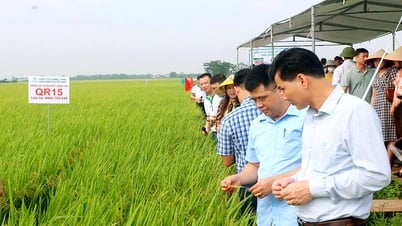


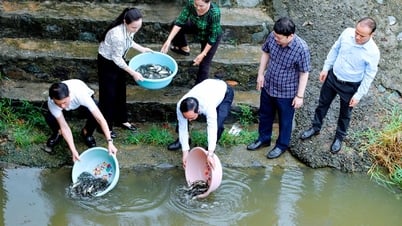


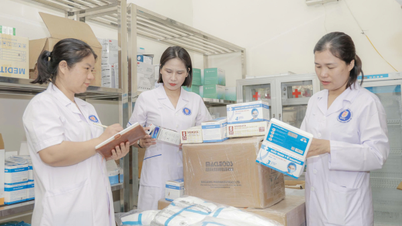







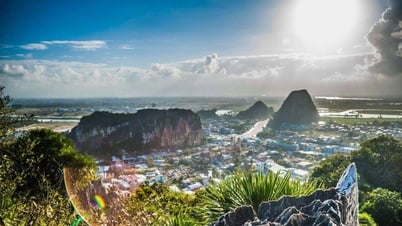


![[Photo] Party Congress of the Central Internal Affairs Commission for the 2025-2030 term](https://vphoto.vietnam.vn/thumb/1200x675/vietnam/resource/IMAGE/2025/6/23/5bf03821e6dd461d9ba2fd0c9a08037b)





















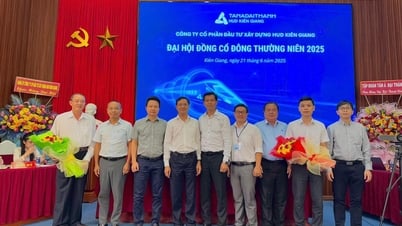

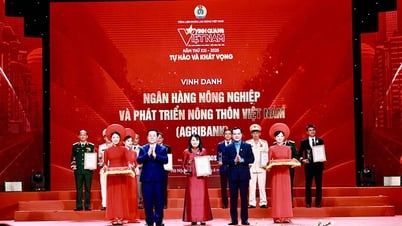





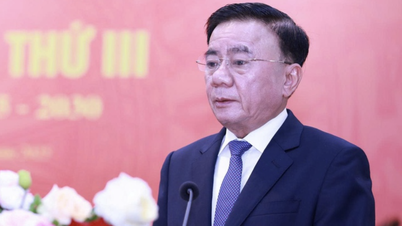

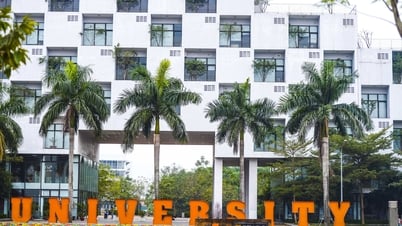


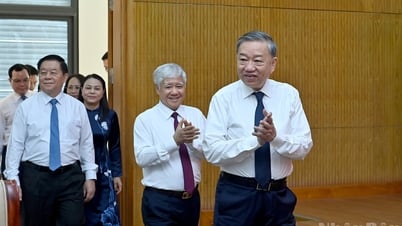

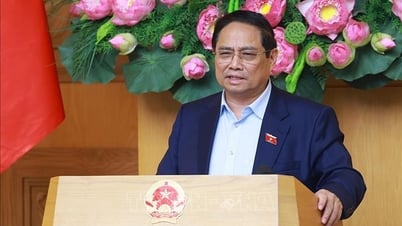
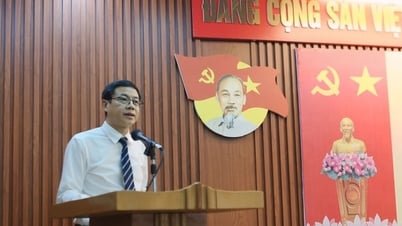

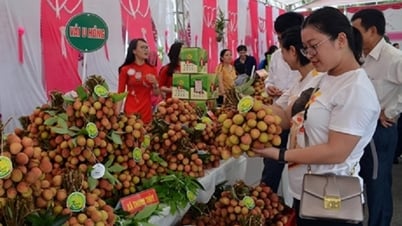

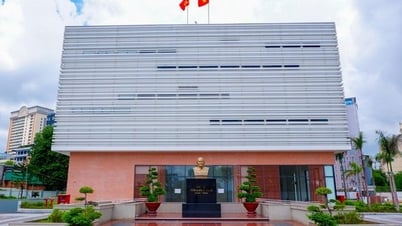

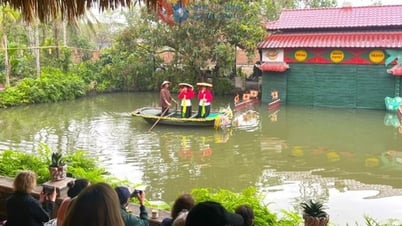

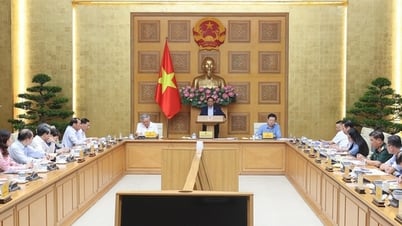
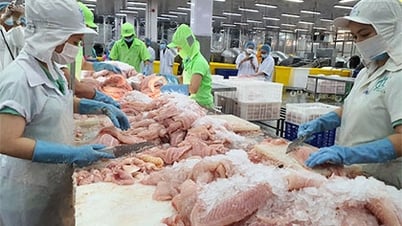

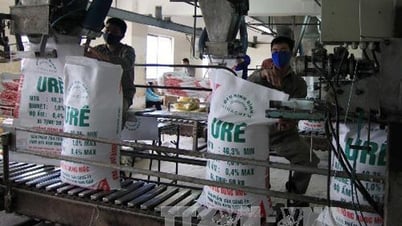

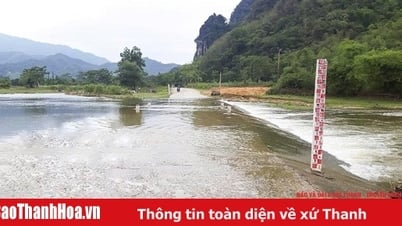

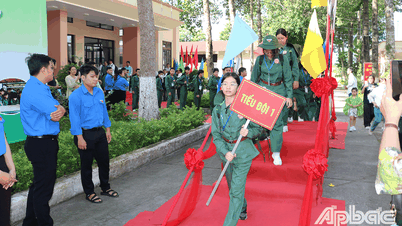














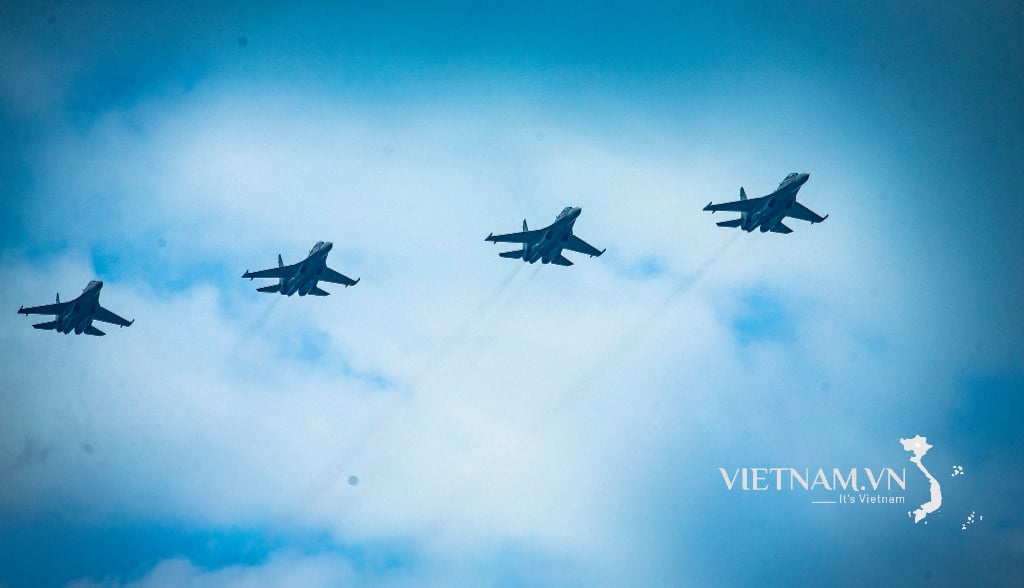
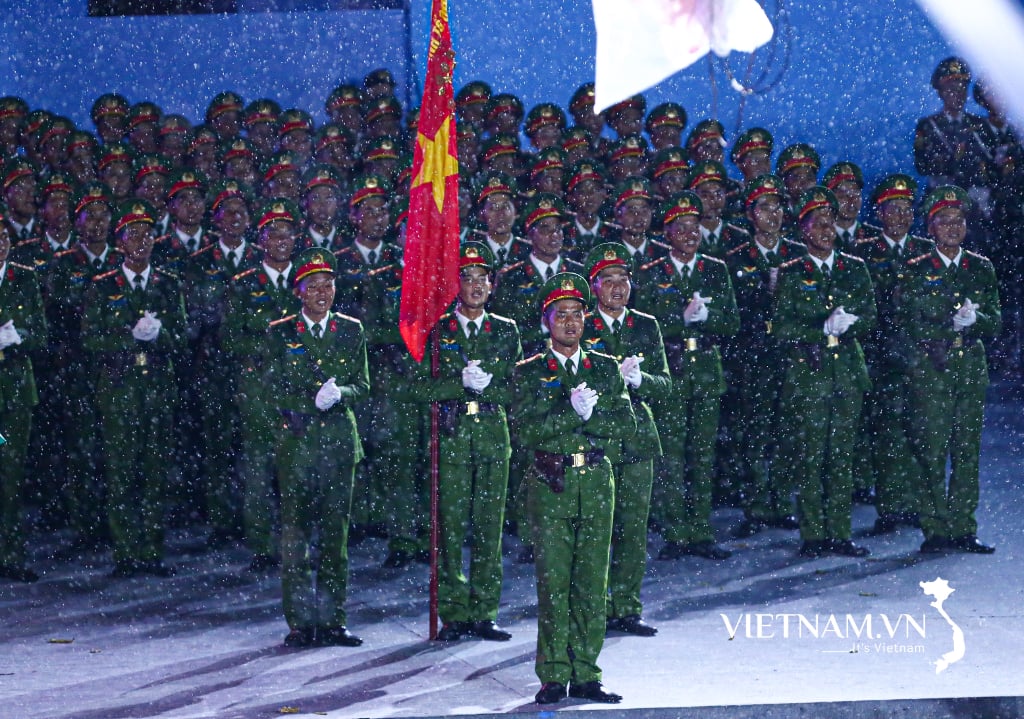
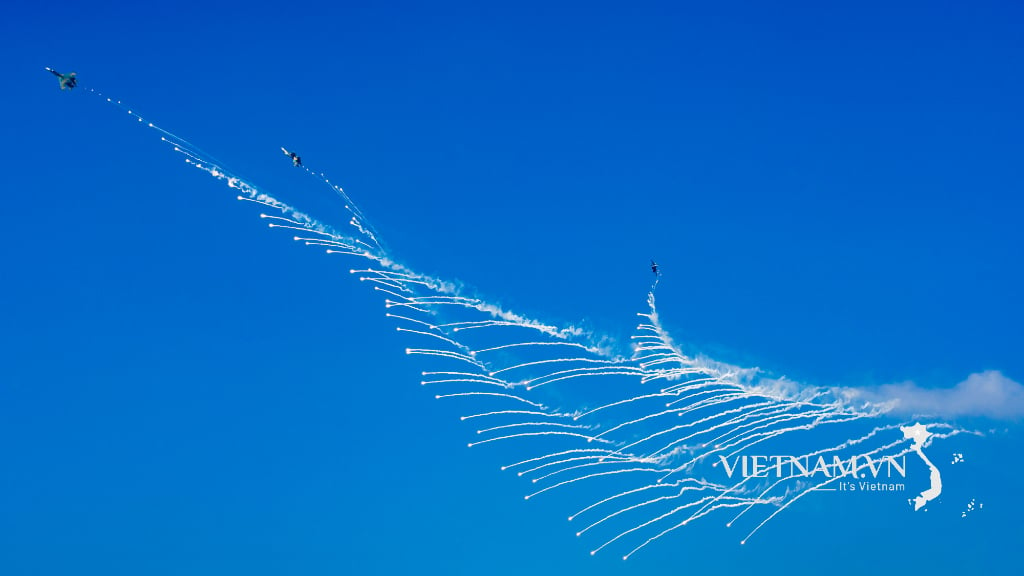

Comment (0)